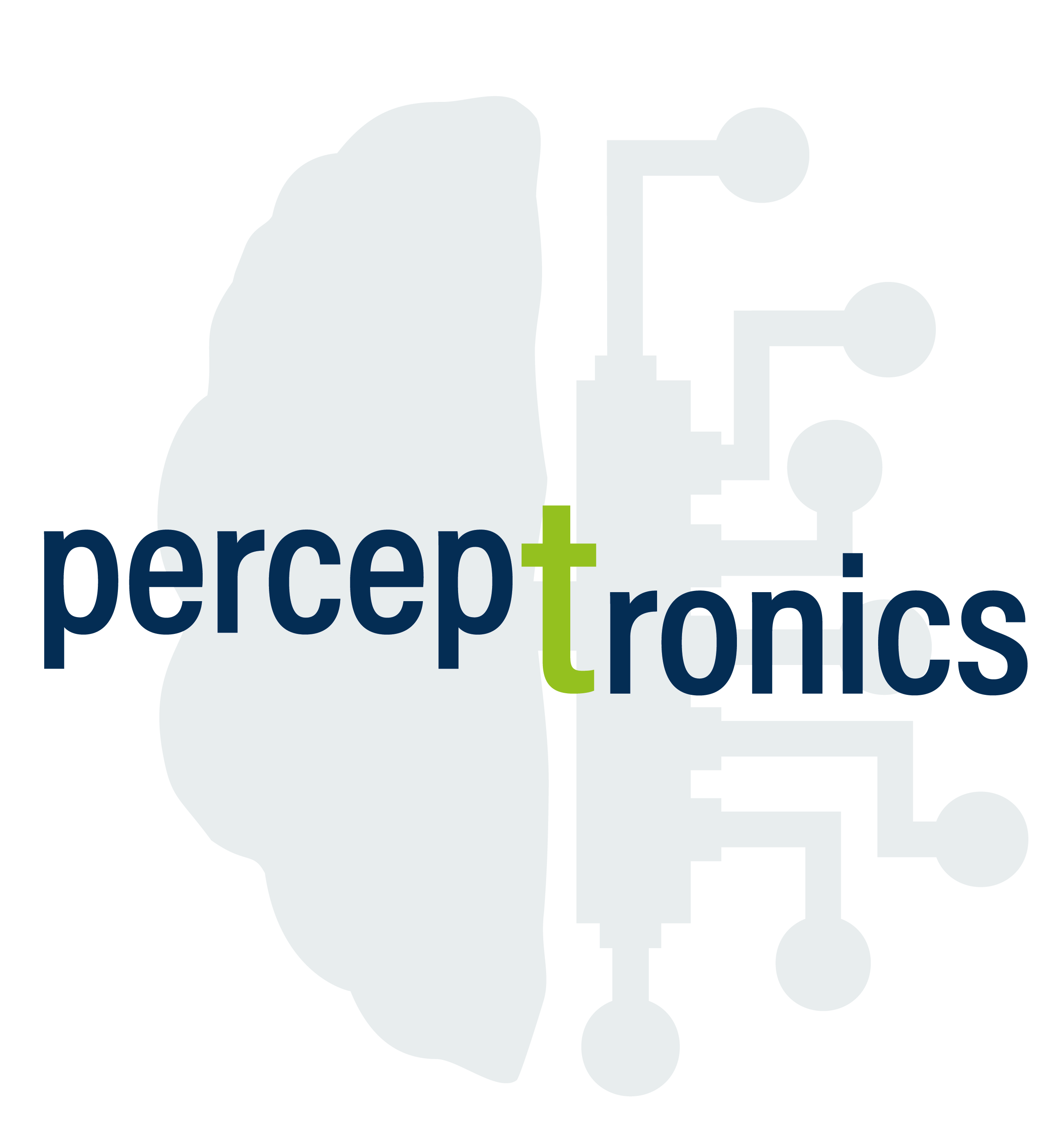
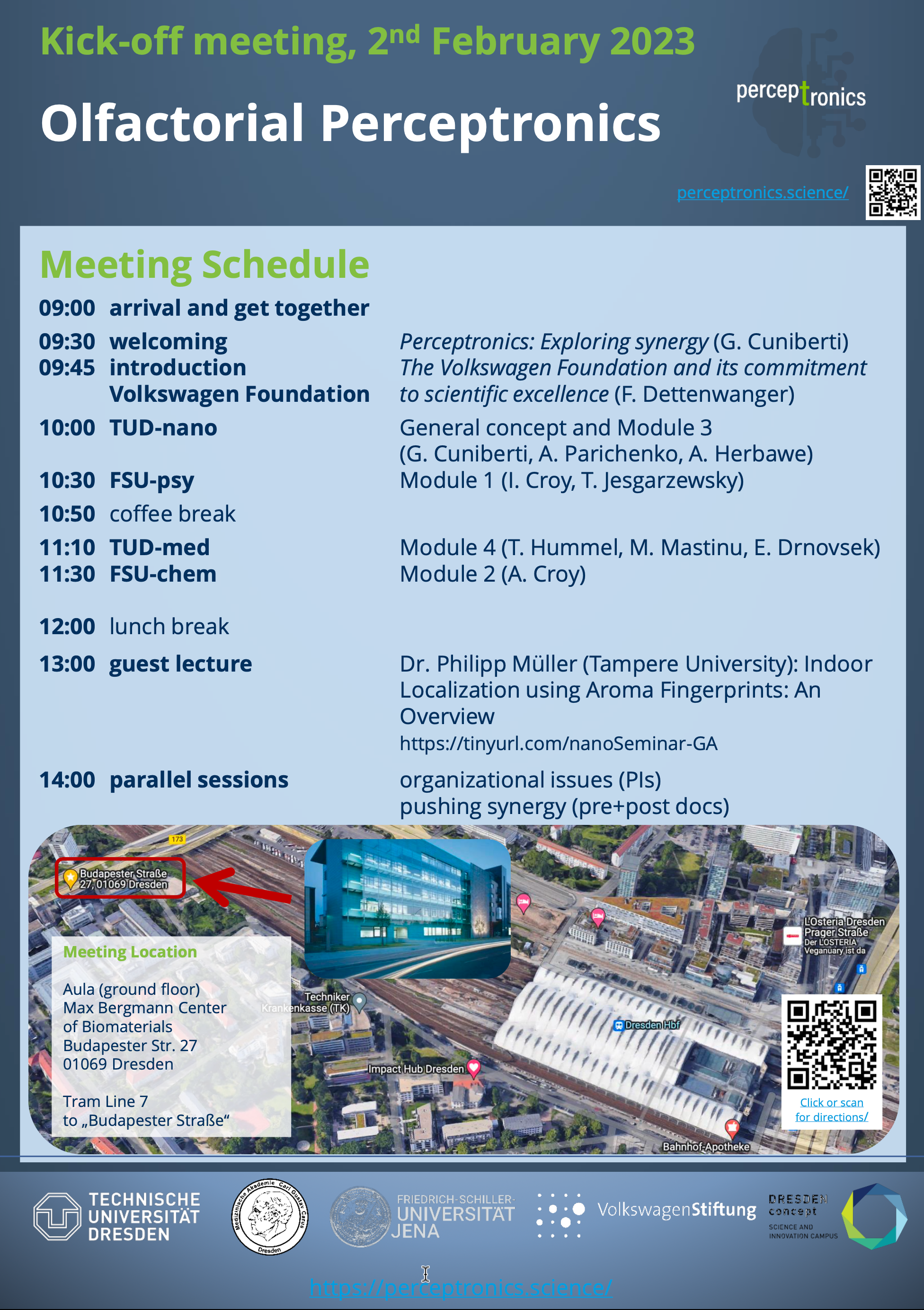
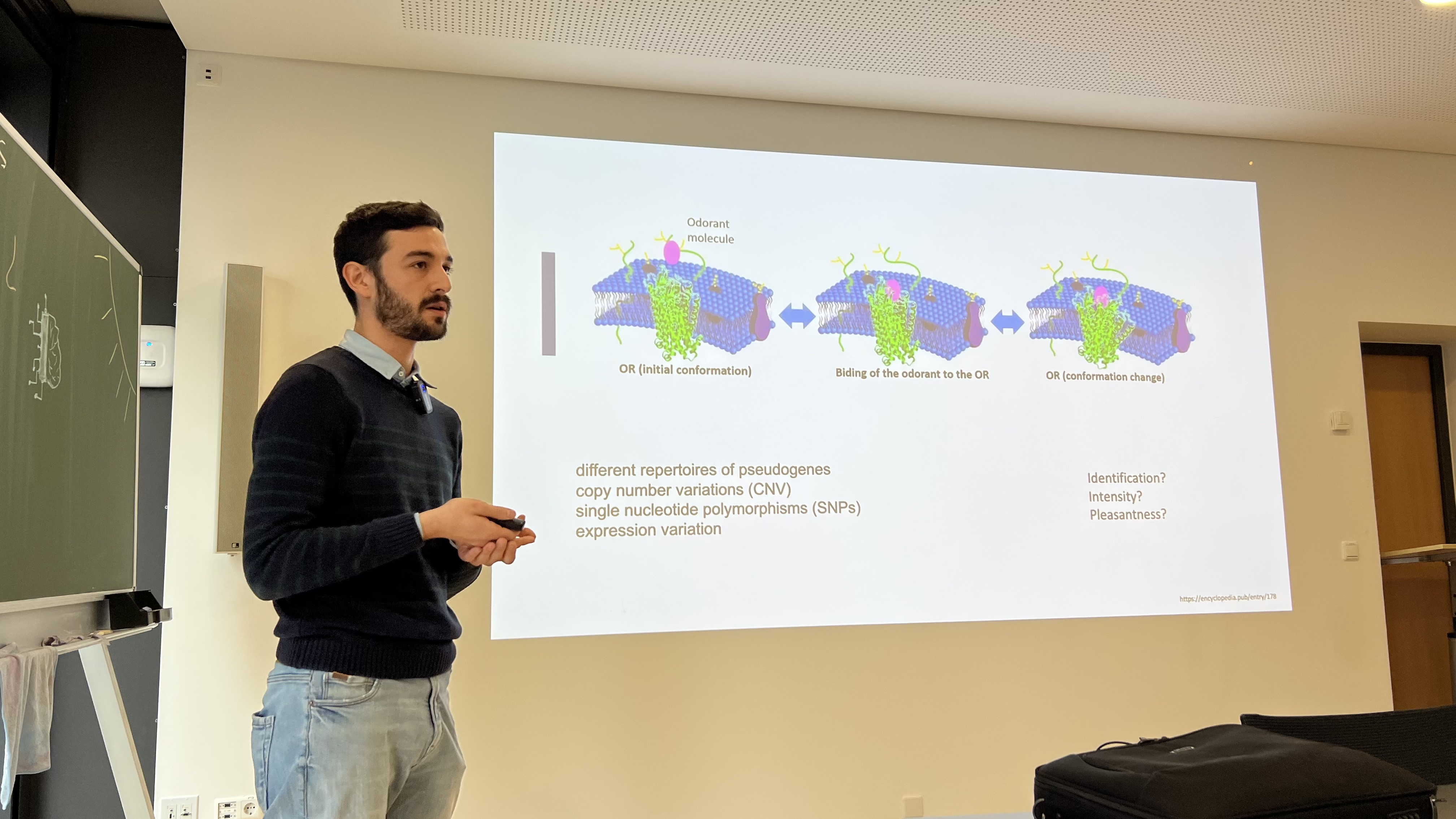
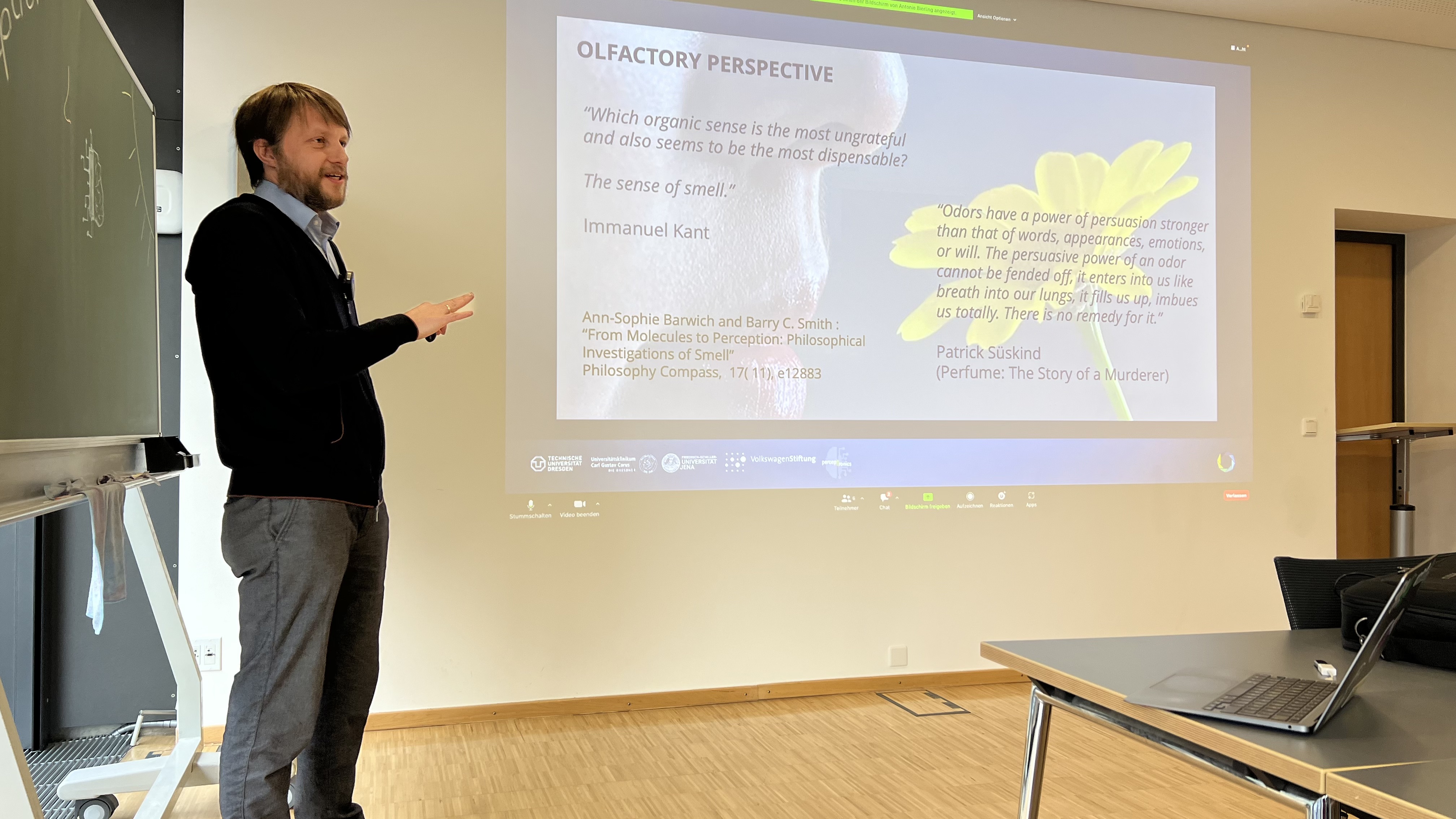
The VolkswagenStiftung funded project "Olfactorial Perceptronics" had its kicked-off meeting on 2nd February 2023. Human olfaction is a very efficient sensory system, which has inspired the search for an electronic analog. Early on it was recognized that such an artificial nose requires the inclusion of perception – the interpretation of sensation in light of experience. This type of evaluation is achieved by using methods of machine learning and artificial intelligence. A breakthrough in perceptive electronics (short:perceptronics) can only happen in a concerted effort of science, engineering, and medicine that stringently builds on recent advances in each discipline. Our research group workd in this spirit as an interdisciplinary team on topics of perceptronics for olfaction. The intended planning phase will be used to gather leading experts in the fields of (nano) sensorics, olfaction, perception, and machine-learning to facilitate cooperation and prepare a qualification program to bridge the different disciplines.
The three pillars of this project are
1. Human Olfaction
2. Sensor Technology
3. Digital Olfaction
Human Olfaction
The human olfactory system is an evolutionary ancient and highly efficient sensory system. In contrast to the visual and auditory system, many basic rules guiding this sophisticated and complex sensory system remain obscure.
Sensor Technology
Our approach will enable new types of sensors, which can be helpful in the development of tools for an olfactory-based detection of illnesses in patients and may enhance the development of medical devices for the treatment of olfactory loss.
Digital Olfaction
An artificial nose must be able to include perception - the interpretation of sensation in the light of experience. Evolving current sensors towards the level of biological organisms is only possible in an interdisciplinary and coordinated effort.
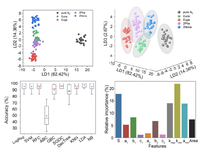

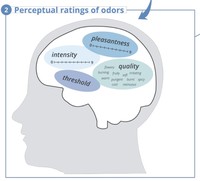





The VolkswagenStiftung funded project "Olfactorial Perceptronics" had its kicked-off meeting on 2nd February 2023. Human olfaction is a very efficient sensory system, which has inspired the search for an electronic analog. Early on it was recognized that such an artificial nose requires the inclusion of perception – the interpretation of sensation in light of experience. This type of evaluation is achieved by using methods of machine learning and artificial intelligence. A breakthrough in perceptive electronics (short:perceptronics) can only happen in a concerted effort of science, engineering, and medicine that stringently builds on recent advances in each discipline. Our research group workd in this spirit as an interdisciplinary team on topics of perceptronics for olfaction. The intended planning phase will be used to gather leading experts in the fields of (nano) sensorics, olfaction, perception, and machine-learning to facilitate cooperation and prepare a qualification program to bridge the different disciplines.
The three pillars of this project are
1. Human Olfaction
2. Sensor Technology
3. Digital Olfaction
Human Olfaction
The human olfactory system is an evolutionary ancient and highly efficient sensory system. In contrast to the visual and auditory system, many basic rules guiding this sophisticated and complex sensory system remain obscure.
Sensor Technology
Our approach will enable new types of sensors, which can be helpful in the development of tools for an olfactory-based detection of illnesses in patients and may enhance the development of medical devices for the treatment of olfactory loss.
Digital Olfaction
An artificial nose must be able to include perception - the interpretation of sensation in the light of experience. Evolving current sensors towards the level of biological organisms is only possible in an interdisciplinary and coordinated effort.



